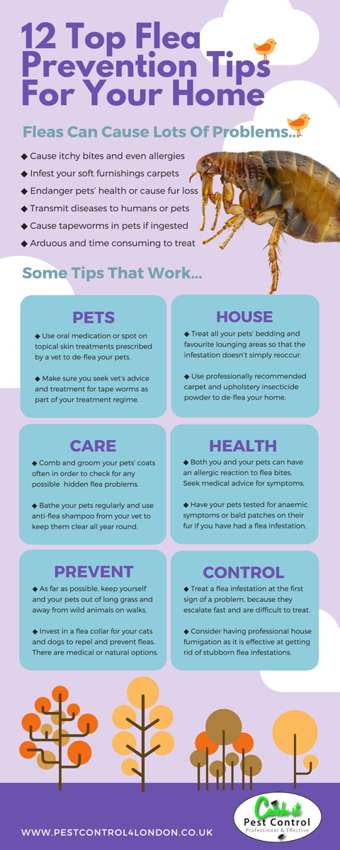Insights From Professionals On Rodent Habits For Successful Insect Control
Insights From Professionals On Rodent Habits For Successful Insect Control
Blog Article
Content Author-Arsenault Toft
Visualize having the ability to anticipate the relocations of your challengers in a game of chess, constantly remaining one step in advance.
Worldwide of bug control, comprehending rodent actions resembles having that strategic benefit. By acquiring professional understandings right into the nesting routines, feeding patterns, and communication and social actions of rodents, you can efficiently combat these pesky creatures.
Yet how precisely do rats behave, and why is it crucial to recognize? In this discussion, we will certainly unravel the enigmas of rodent actions, providing you with beneficial understanding that will certainly aid you remain in advance in the battle against parasites.
Are you all set to reveal the secrets of these cunning creatures?
Nesting Behaviors
To comprehend rodent habits and properly control insects, it is very important to gain understanding into their nesting practices.
Rodents, such as mice and rats, have a natural reaction to find sanctuary and produce nests where they really feel safe and secure. These nests work as their homes, reproducing premises, and storage space areas for food. Comprehending their nesting practices can aid you determine possible locations of problem and carry out targeted control procedures.
Rats typically like nesting in dark, remote rooms, such as attic rooms, cellars, crawl spaces, and wall gaps. They make use of products like shredded paper, material, insulation, and even chewed-up electrical cords to develop their nests.
Feeding Patterns
Rodents exhibit distinctive feeding patterns that play an essential duty in their habits and can notify efficient pest control methods. Comprehending these patterns is vital for implementing successful insect control actions.
Rats are opportunistic feeders, implying they'll take in whatever food is conveniently available. They've a preference for high-calorie foods such as grains, nuts, and seeds. This is why appropriate storage of food and waste management are vital in protecting against rodent problems.
In https://howtogetridofsnakesperman05172.blog-ezine.com/25900975/recognizing-various-bug-pest-control-expert-approaches-and-strategies , rats are nighttime, which means they're most active during the night when they search for food. By knowing their feeding patterns, you can purposefully place traps and baits to optimize their effectiveness.
Keeping food sources unattainable and maintaining a clean setting can assist discourage rats and reduce the threat of problem.
Interaction and Social Actions
Recognizing exactly how rats interact and interact socially is essential for reliable bug control approaches. Rodents, like mice and rats, have intricate interaction systems that they utilize to share information to each various other and collaborate their tasks. Right here are 3 crucial elements of rodent interaction and social behavior:
1. Articulations: Rats produce a variety of vocal noises, consisting of squeaks, tweets, and chattering, to connect with each other. natural ant mound killer can communicate numerous messages, such as threat warnings or mating phone calls.
2. Scent noting: Rodents utilize scent glands to leave chemical signals on items and in their environment. These scent marks function as territorial limits and communicate information regarding reproductive condition, dominance, and social association.
3. Social hierarchy: Rats have a hierarchical social structure, with leading people having access to resources and liked nesting websites. Understanding this pecking order is important for targeting bug control efforts and identifying key individuals for removal.
Verdict
So, there you have it - a quick glance right into the interesting world of rodent habits. By understanding their nesting behaviors, feeding patterns, and communication, we can much better deal with the problem of insect control.
Did you recognize that a female mouse can create approximately 10 trashes each year, with each trash containing around 5-6 pups? This unbelievable statistic highlights the relevance of punctual and effective parasite administration to stop rodent populations from spiraling unmanageable.
